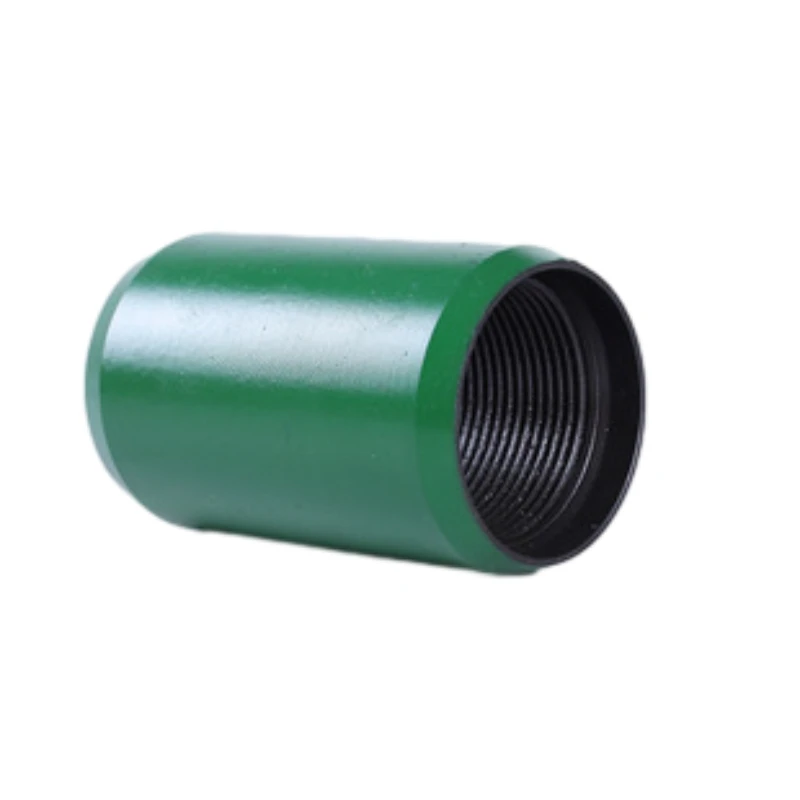- Afrikaans
- Albanian
- Amharic
- Arabic
- Armenian
- Azerbaijani
- Basque
- Belarusian
- Bengali
- Bosnian
- Bulgarian
- Catalan
- Cebuano
- Corsican
- Croatian
- Czech
- Danish
- Dutch
- English
- Esperanto
- Estonian
- Finnish
- French
- Frisian
- Galician
- Georgian
- German
- Greek
- Gujarati
- Haitian Creole
- hausa
- hawaiian
- Hebrew
- Hindi
- Miao
- Hungarian
- Icelandic
- igbo
- Indonesian
- irish
- Italian
- Japanese
- Javanese
- Kannada
- kazakh
- Khmer
- Rwandese
- Korean
- Kurdish
- Kyrgyz
- Lao
- Latin
- Latvian
- Lithuanian
- Luxembourgish
- Macedonian
- Malgashi
- Malay
- Malayalam
- Maltese
- Maori
- Marathi
- Mongolian
- Myanmar
- Nepali
- Norwegian
- Norwegian
- Occitan
- Pashto
- Persian
- Polish
- Portuguese
- Punjabi
- Romanian
- Russian
- Samoan
- Scottish Gaelic
- Serbian
- Sesotho
- Shona
- Sindhi
- Sinhala
- Slovak
- Slovenian
- Somali
- Spanish
- Sundanese
- Swahili
- Swedish
- Tagalog
- Tajik
- Tamil
- Tatar
- Telugu
- Thai
- Turkish
- Turkmen
- Ukrainian
- Urdu
- Uighur
- Uzbek
- Vietnamese
- Welsh
- Bantu
- Yiddish
- Yoruba
- Zulu
Understanding Bull Plug Pressure Ratings for Optimal Performance and Safety Measures
Understanding Bull Plug Pressure Ratings A Comprehensive Guide
In the realm of engineering and fluid dynamics, understanding the components that contribute to the safety and efficiency of systems is vital. One such component is the bull plug, commonly used in various industries including oil and gas, water management, and manufacturing processes. The pressure rating of a bull plug is an essential aspect that should never be overlooked, as it directly relates to the operational limits and safety of the systems in which they are implemented.
What is a Bull Plug?
A bull plug is a type of threaded plug that is designed to seal off an opening in a pipe or a valve. It can be made from various materials including metal and plastic, depending on the application requirements. The most critical specification for a bull plug is its pressure rating, which indicates how much pressure the plug can withstand without failing. This rating is usually designated in psi (pounds per square inch) or bar.
Importance of Pressure Ratings
The pressure rating of a bull plug is vital for several reasons
1. Safety If a bull plug fails due to exceeding its pressure rating, it can lead to catastrophic failures such as leaks, bursts, or even explosions. This can pose serious risks to personnel and the environment.
2. System Integrity Properly rated plugs ensure that the systems can operate efficiently within designated parameters. Using a plug with an inadequate pressure rating can cause system disruptions and costly downtime.
3. Regulatory Compliance Many industries are subject to regulations that require components to meet certain pressure ratings. This compliance is crucial for avoiding legal liabilities and ensuring the safety of operations.
4. Cost Efficiency While it may be tempting to cut costs by using lower-rated components, the potential for failures can lead to greater expenses in repairs, legal issues, or even loss of life.
bull plug pressure rating

Factors Affecting Pressure Ratings
Several factors influence the pressure rating of a bull plug
1. Material The construction material significantly affects its pressure rating. Metals like stainless steel generally offer higher pressure ratings compared to plastic materials.
2. Temperature The operational temperature can alter the material properties, thereby reducing the effective pressure rating. It is essential to consider the temperature ranges for which the plug will be used.
3. Thread Design The type and quality of the threading can also impact the integrity of the seal. Properly designed and executed threads allow for better torque and pressure distribution.
4. Manufacturing Standards Components produced under rigorous quality control standards are more likely to meet or exceed their specified ratings. It’s essential to source bull plugs from reputable manufacturers.
Choosing the Right Bull Plug
When selecting a bull plug for an application, it is imperative to consider the maximum operating pressure of the system. Always choose a plug with a rating above the expected maximum pressure, allowing for a safety margin. Consulting industry standards and guidelines can aid in making informed choices, ensuring that components meet both performance and safety requirements.
Conclusion
In summary, understanding bull plug pressure ratings is critical for ensuring the reliability and safety of pressurized systems. By considering factors such as material, temperature, thread design, and manufacturing standards, industry professionals can select the appropriate bull plugs for their applications. Prioritizing compliance and quality can prevent numerous issues down the road, allowing for uninterrupted operations and enhanced safety. Always remember, in the world of fluid dynamics, it’s better to err on the side of caution.
-
Tubing Pup Joints: Essential Components for Oil and Gas OperationsNewsJul.10,2025
-
Pup Joints: Essential Components for Reliable Drilling OperationsNewsJul.10,2025
-
Pipe Couplings: Connecting Your World EfficientlyNewsJul.10,2025
-
Mastering Oilfield Operations with Quality Tubing and CasingNewsJul.10,2025
-
High-Quality Casing Couplings for Every NeedNewsJul.10,2025
-
Boost Your Drilling Efficiency with Premium Crossover Tools & Seating NipplesNewsJul.10,2025







